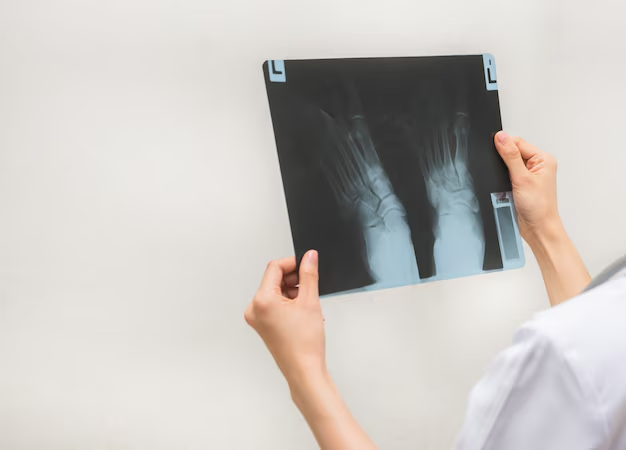Discover How to Detect Osteoporosis Early
Osteoporosis, often dubbed the "silent disease," quietly erodes bone strength, leaving individuals susceptible to fractures. But how can you effectively check for this condition before serious damage occurs? Whether you're observing subtle signs of weakened bones or keen on preventive care, understanding the diagnostic process for osteoporosis can empower healthier decisions.
Understanding Bone Density Tests
The primary method to check for osteoporosis is through a Bone Mineral Density (BMD) test. This painless procedure, akin to an X-ray, gauges the density of your bones, typically focusing on the hip and spine. The most prevalent form is the Dual-Energy X-ray Absorptiometry (DEXA or DXA) scan. With precise results, this scan measures the grams of mineral per square centimeter of bone, offering a comprehensive overview of your bone health.
Who Should Get Tested?
While osteoporosis can impact anyone, certain groups are more vulnerable:
- Women over 65: Post-menopausal women face a higher risk due to decreased estrogen levels.
- Men over 70: As bone density gradually decreases, senior men are also advised to get tested.
- Individuals with a family history: Genetics plays a significant role in bone health.
- People with past fractures: Even minor bone breaks could indicate underlying bone weakness.
- Those with certain medical conditions or medications: Conditions like rheumatoid arthritis or medications like corticosteroids may heighten osteoporosis risk.
Assessing the Results
After your DEXA scan, results are represented as a T-score:
- Normal bone density: T-score above -1
- Low bone density (osteopenia): T-score between -1 and -2.5
- Osteoporosis: T-score -2.5 or lower
These benchmarks help healthcare providers identify necessary interventions to bolster bone health, potentially avoiding fractures and maintaining mobility.
Next Steps Toward Bone Health
Upon getting your osteoporosis status, strategizing your next steps is crucial. Begin a conversation with your healthcare provider about lifestyle changes, dietary adjustments, or medications to strengthen your bones. Common recommendations might include increased calcium and vitamin D intake, weight-bearing exercises, and avoiding smoking or excessive alcohol consumption.
Exploring Government and Financial Aid Options
Discovering financial assistance options can ease the burden of medical expenses associated with osteoporosis management. Here are some resources to explore:
Medicare and Medicaid: Both programs provide coverage for bone density tests in eligible populations, reducing out-of-pocket costs.
Veterans' Benefits: Former military members might be eligible for health services that include osteoporosis screenings.
Nonprofit Organizations: Groups like the National Osteoporosis Foundation offer resources and support for those affected.
Patient Assistance Programs: Many pharmaceutical companies offer programs to help cover the costs of osteoporosis medications.
Senior Citizen Discounts: Some gyms and wellness centers provide reduced rates for bone-strengthening exercise programs for seniors.
By proactively exploring these resources, individuals can ensure robust osteoporosis management, keeping high medical costs at bay.
🔹 Medicare and Medicaid: Coverage for bone density tests
🔹 Veterans' Benefits: Health services for osteoporosis screening
🔹 Nonprofit Organizations: Support and resources for patients
🔹 Patient Assistance Programs: Help with medication costs
🔹 Senior Citizen Discounts: Affordable bone-strengthening programs
With this blend of medical insight and financial tools at your fingertips, facing osteoporosis head-on becomes a well-supported journey. Taking these steps today can lay a foundation for optimal bone health and financial security tomorrow.

Related Topics
- a Nurse Is Caring For a Client Who Has Osteoporosis.
- a Percutaneous Is Performed To Treat Osteoporosis Related Compression Fractures
- Can Alcohol Cause Osteoporosis
- Can I Do Pilates If I Have Osteoporosis
- Can I Reverse Osteoporosis
- Can Men Get Osteoporosis
- Can Osteoporosis Affect Teeth
- Can Osteoporosis Be Cured
- Can Osteoporosis Be Painful
- Can Osteoporosis Be Reversed